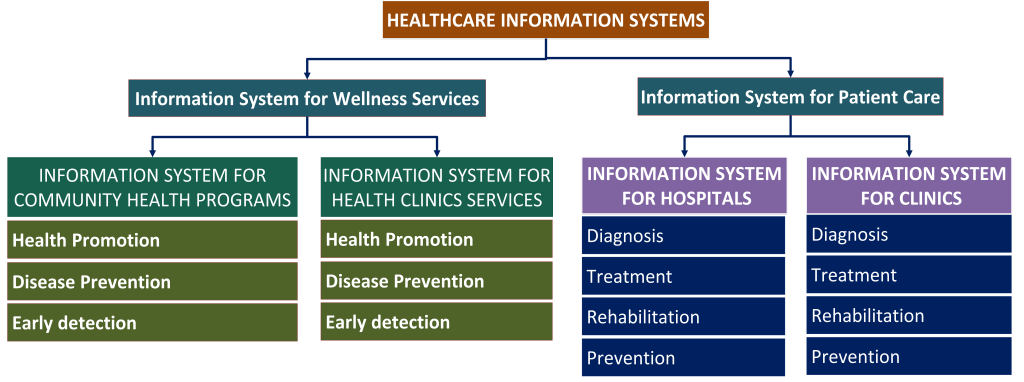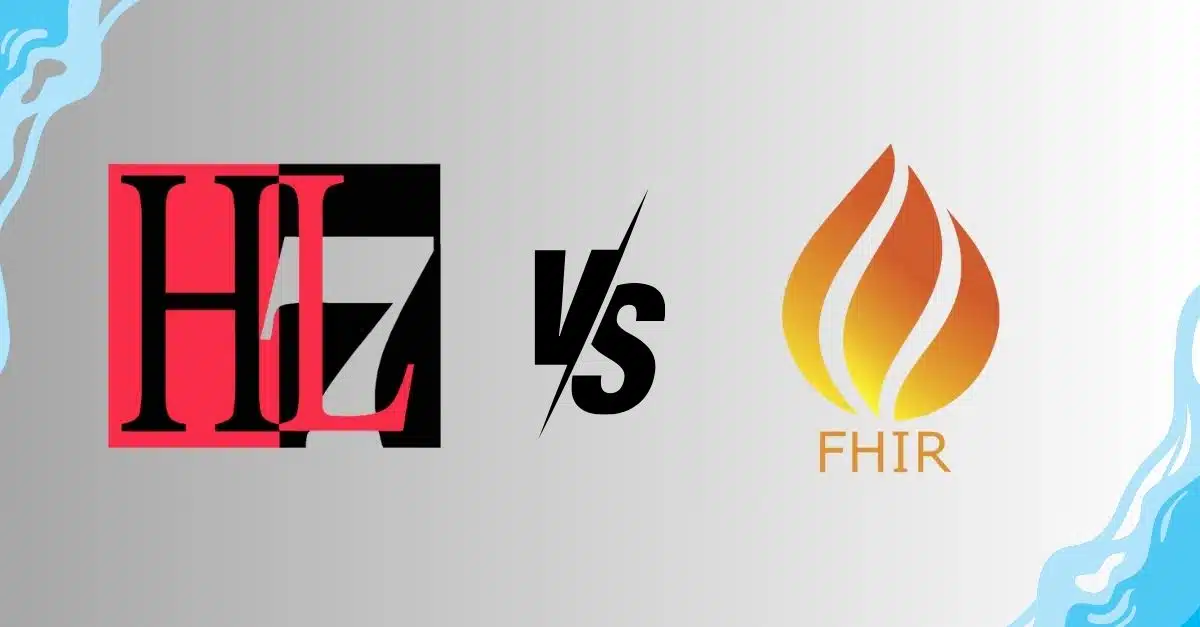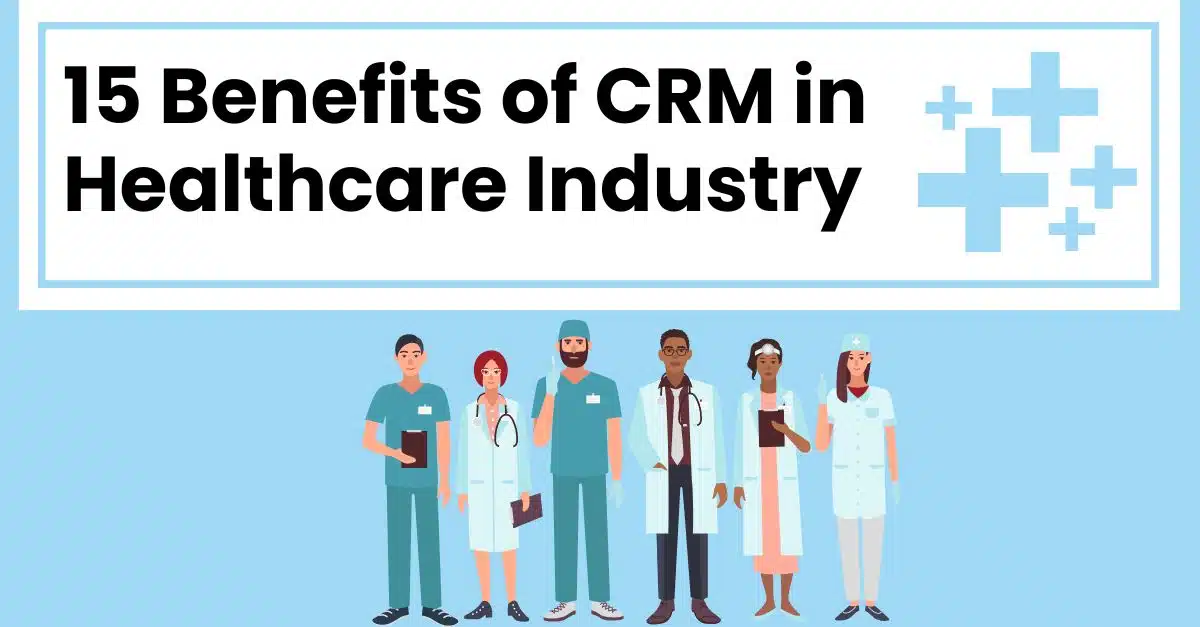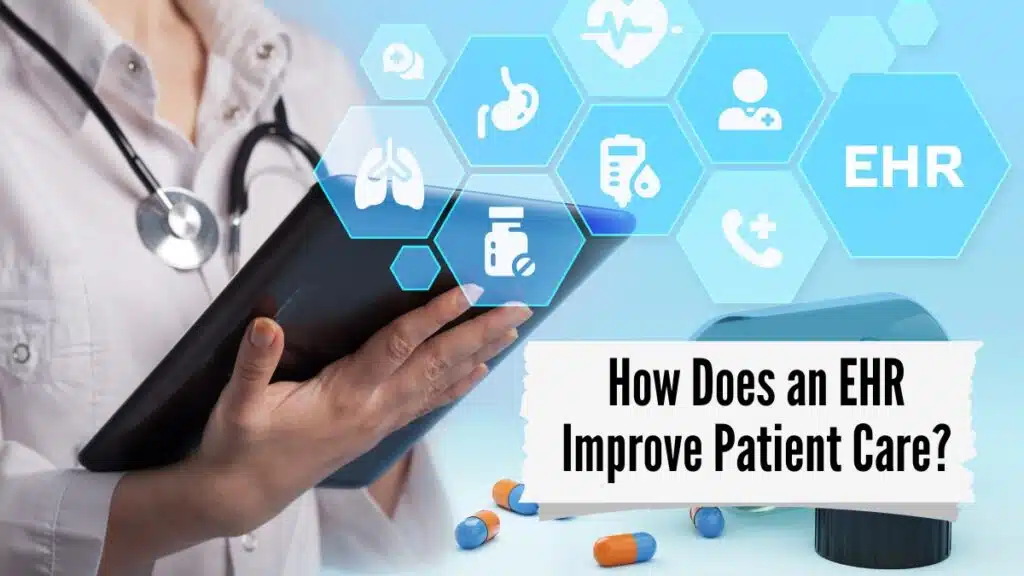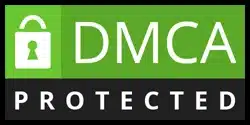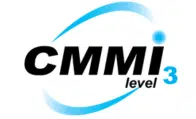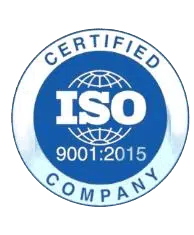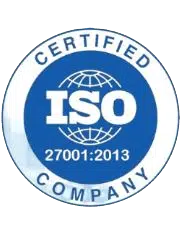Hospital Information System (HIS) development companies play a pivotal role in providing innovative solutions that streamline hospital operations.
Remote Patient Monitoring (RPM)- Benefits and Work Process What could be better than tracking your health without visiting a doctor? RPM is a super smart technology that lets you do so. This means you won’t have to be physically present in a clinic to check your health. Evidently, RPM is beneficial for both patients and healthcare providers. Let’s talk about RPM, its working process, and its benefits in detail in this blog. What is Remote Patient Monitoring (RPM)? Remote Patient Monitoring (RPM) isn’t a brand-new way of taking care of people, but it’s changing quickly, mainly because of COVID-19. This means there’s a stronger push to make sure more people can get the care they need, no matter where they are. RPM uses special electronic tools that connect to keep track of your health information. This information gets sent to a healthcare provider who isn’t in the same place as you. They look at this info to see how you’re doing. Sometimes they check it right away, and sometimes a bit later. RPM is getting more popular for all sorts of health problems, like diabetes, high blood pressure, and even COVID-19. Important rules from a government agency called the Centers for Medicare and Medicaid Services are making RPM even more common. This shows that RPM is becoming a big part of how care is given. What’s The Main Deal With RPM? RPM can help with long-term and short-term problems. Suppose you have a condition that needs regular check-ups, like diabetes. Remote patient monitoring software lets your doctor keep an eye on you between your visits. They get to see if anything needs to change to make you healthier. This works for other ongoing problems like heart issues, asthma, and mental health conditions. It’s also useful for long COVID, which is when people have lasting symptoms after getting better from COVID-19. Different tools like scales, heart rate monitors, and blood pressure gadgets are used to do RPM. There are even special tools for diseases like dementia and Parkinson’s. Some people also use wearable devices that you can wear, like smartwatches or gadgets that track your blood sugar. People really like wearables, and it’s estimated that a lot of them will be used around the world. In 2022, about 320 million of these health devices might be used, and by 2024, it could be as many as 440 million. But RPM isn’t just for long-term problems. It can also help with urgent situations. Some hospitals are letting patients get treated at home using RPM. This includes things like tests and treatments you’d normally get in the hospital. Even though you’re at home, a team of healthcare folks keeps checking your health numbers and talks to you over video to make sure you’re okay. Even after you leave the hospital, RPM can still help. Let’s say you had a surgery and went back home. Get a Free Remote Patient Monitoring Software Consultation How Does Remote Patient Monitoring Work? Remote Patient Monitoring is a way for doctors to keep track of your health using technology while you’re at home. Here’s a step-by-step explanation of how it works: Step 1: Collection It all starts with a device that’s set up at your home. This device collects information about your health, like your heart rate, blood pressure, and other important details. Think of it as a digital health check-up. The device does this on a regular basis, and the data it gathers is important for your doctor. Step 2: Transmission Once the device has collected your health data, it’s time to send that information to your doctor. This is done using technology like the internet, your phone, or other communication methods. The data is sent securely so that only your doctor can see it. Step 3: Evaluation When your doctor receives the data, they take a close look at it. They might use special remote patient monitoring software to analyze the information and spot any unusual or concerning patterns. They compare this data to what’s normal for you and your health condition. Step 4: Notification If something in the data raises a red flag, your doctor will be alerted. They’ll decide if immediate action is needed. For example, if your heart rate suddenly goes too high or too low, the doctor will know and can take steps to help you. Step 5: Action If the situation is serious, your doctor might send help right away. They could contact emergency responders to come to your location. This rapid response can be crucial in critical situations. Step 6: Communication Even if there’s no urgent issue, your doctor might still reach out to you. They could give you advice based on the data they’ve seen. This might involve changes to your medications, daily routines, or other aspects of your health management. Types of RPM Devices Here are seven common RPM devices: Bluetooth Blood Pressure Cuffs These are like regular blood pressure cuffs which send your blood pressure info to your doctor in real-time. This helps manage things like high blood pressure, diabetes, and heart problems. Glucometer This little device checks your blood sugar levels with just a tiny drop of blood. It tells your doctor how your diabetes is. Therefore, it helps you adjust your treatment plan based on your eating, exercise, and more. Pulse Oximeter This small clip goes on your finger or earlobe to measure how much oxygen is in your blood. It’s painless and helps doctors see if your heart and lungs are working well. It’s really useful for people with heart or lung issues, as well as those who might have COVID-19, asthma, or pneumonia. ECG + Digital Stethoscope Doctors use these to check your heart and lungs. New devices like the Eko DUO combine both tools and send the readings to your doctor. This helps them catch any problems early, even if you’re at home. Wearables (Activity Tracking and Continuous Monitoring) Wearables are devices you wear on your body, like Fitbits or SmartWatches.
HL7 and FHIR protocols are significant terms in healthcare technology. These technical jargons might sound a bit confusing, but FHIR vs Hl7 have a really important job in making sure our healthcare apps and systems can work together smoothly.
If you are also wondering why need CRM in healthcare Industry?, what is Benefits of healthcare CRM? which is the top CRM development company? then this article is going to answer all your questions. In the emerging market of healthcare today, integration of technology has become essential to provide efficient and patient centric services. One such innovation that has gained popularity in recent years is Healthcare Customer Relationship Management (CRM) software. CRM is used extensively in the healthcare industry, as the benefits of healthcare CRM are many. CRM technology is used to optimize patient experiences, streamline hospital operations. Additionally it is designed to enhance communication among healthcare providers, patients and medical organizations. If we talk about top CRM development company, then in this article we are going to give detailed information about that too. Seeing the benefits of healthcare CRM, hospitals and other healthcare organizations use these companies to streamline their operations. Furthermore, healthcare providers use CRM software to strengthen their relationships and expand their presence in the market. What is CRM ? Customer Relationship Management or CRM is a multifunctional software. CRM is used by hospitals to effectively manage and analyze interactions and data throughout the customer lifecycle. Benefits of healthcare CRM are many, mainly healthcare companies use it to help patients and to add new patients. The primary objective of crm for medical company is to enhance customer service relationships, assist in customer retention and drive sales growth. CRM softwares integrate customer data from various communication platforms, including website, telephone, live chat, email, direct mail and social media platforms. Benefits of healthcare CRM provides benefits such as empowering customer-facing teams with comprehensive customer insights, purchase history, personal details and preferences. The benefits of CRM range from better customer support and trend recognition to automating sales and support processes. 15 Benefits of healthcare CRM includes marketing automation, sales force automation, contact center automation, geolocation technology, social media CRM, workflow automation, lead management, HRM, analytics and AI integration etc. In this article, we will give you all detail about 15 Benefits of healthcare CRM. 15 Benefits of CRM in healthcare Industry 1.Improved Patient Experience: CRM softwares improves patient experience by providing care related facilities. There are many benefits to using CRM in healthcare industry, using CRM software benefits both hospitals and patients by reducing waiting times, providing quick access to patient profile and medical histories. The use of CRM accelerates diagnosis and treatment, leading to improve patient satisfaction. Especially, the Benefits of healthcare CRM is that CRM systems give patients instant access to treatment by facilitating appointment reminders and medication schedules, while ensuring seamless care continuity. In addition, CRM platforms manage patient information, eliminate records chaos, and increase administrative efficiency. 2.Effective Appointment Management: Another benefit of healthcare CRM is that CRM software prevents conflicts with patients regarding patient appointments and drug schedules and fixes appointments for only one patient at a time. CRM software helps in monitoring the health of patients more effectively by fixing proper schedules. This allows healthcare providers to remind patients of upcoming medical checkups or medication schedules. 3.Enhanced Patient Information Management: CRM systems help healthcare organizations manage patient information efficiently. CRM softwares provide an organized and easy way to record patient data. This feature of CRM software in large hospitals minimizes the risk of data loss. Healthcare CRMs provide tools to analyze information, which helps doctors determine the health status of patients. 4.Optimized Business Processes: CRM solutions are pivotal in streamlining healthcare operations and enhancing administrative efficiency. The benefits of Healthcare CRM is that you can optimize the internal process by using it. These CRM softwares play a vital role in enhancing the quality of patient care. These systems assist patients by centralizing details such as medical history, appointments and communications. Additionally these CRM software streamline tasks like appointment scheduling and communication, reducing no-shows and increasing revenue. 5.Personalized Patient Experiences: One of the benefits of Healthcare CRM is that it provides personalized patient experience by analyzing the personal data of patients, their preferences. CRM software that is data driven gives healthcare providers the flexibility to customize care services to meet the specific needs of each patient. 6.Billing and payment processing: Another benefits of a healthcare CRM is that the billing and payment processing process can be fully automated using it. It is very easy to send quotes to potential customers through pre designed templates. In addition, CRM software can be integrated with billing systems, allowing providers to view patient billing history and other data. 7.Data Security and Compliance: Healthcare Customer Relationship Management (CRM) systems play a vital role in safeguarding patient data and adhering to regulatory frameworks like the Health Insurance Portability and Accountability Act (HIPAA), which ensures the privacy and security of sensitive medical information. These CRMs employ robust encryption measures to fortify patient information whether it’s in transit or storage, thereby enhancing overall data protection strategies. 8.Comprehensive Patient Relationship Management: A blend of CRM and Patient Relationship Management (PRM) solutions synergize to overcome their individual limitations. Typically, CRM emphasizes data and communication, while PRM works to enhance patient satisfaction, loyalty, and overall experience. While CRM tools lack specialized features for channel partners, PRM provides a centralized hub with features such as content co-branding, onboarding, and automated content curation. The focused functionality of PRM serves to enhance partner interaction and user experience. 9.Improving the efficiency of healthcare: It is necessary to use CRM in the field of healthcare to work faster. With this system, medical professionals can rapidly provide information related to their disease to the concerned patients. In addition a CRM system allows patients to revisit reports, speeding up diagnosis processes. In addition the CRM system stores patients’ information which allows doctors and nurses to review necessary drug dosages. 10.Speeds up the diagnostic process: In the healthcare sector, CRM systems plays a pivotal role in expediting service delivery. medical professionals can instantly furnish prospective patients with pertinent details. For instance, harnessing the power of client databases enables the exploration of analogous cases among
At present, healthcare is experiencing an unprecedented digitization shift, and one of its most significant innovations in this regard has been Electronic Health Records (EHRs). In this post, we are discussing 10 Reasons EHR improve healthcare.

